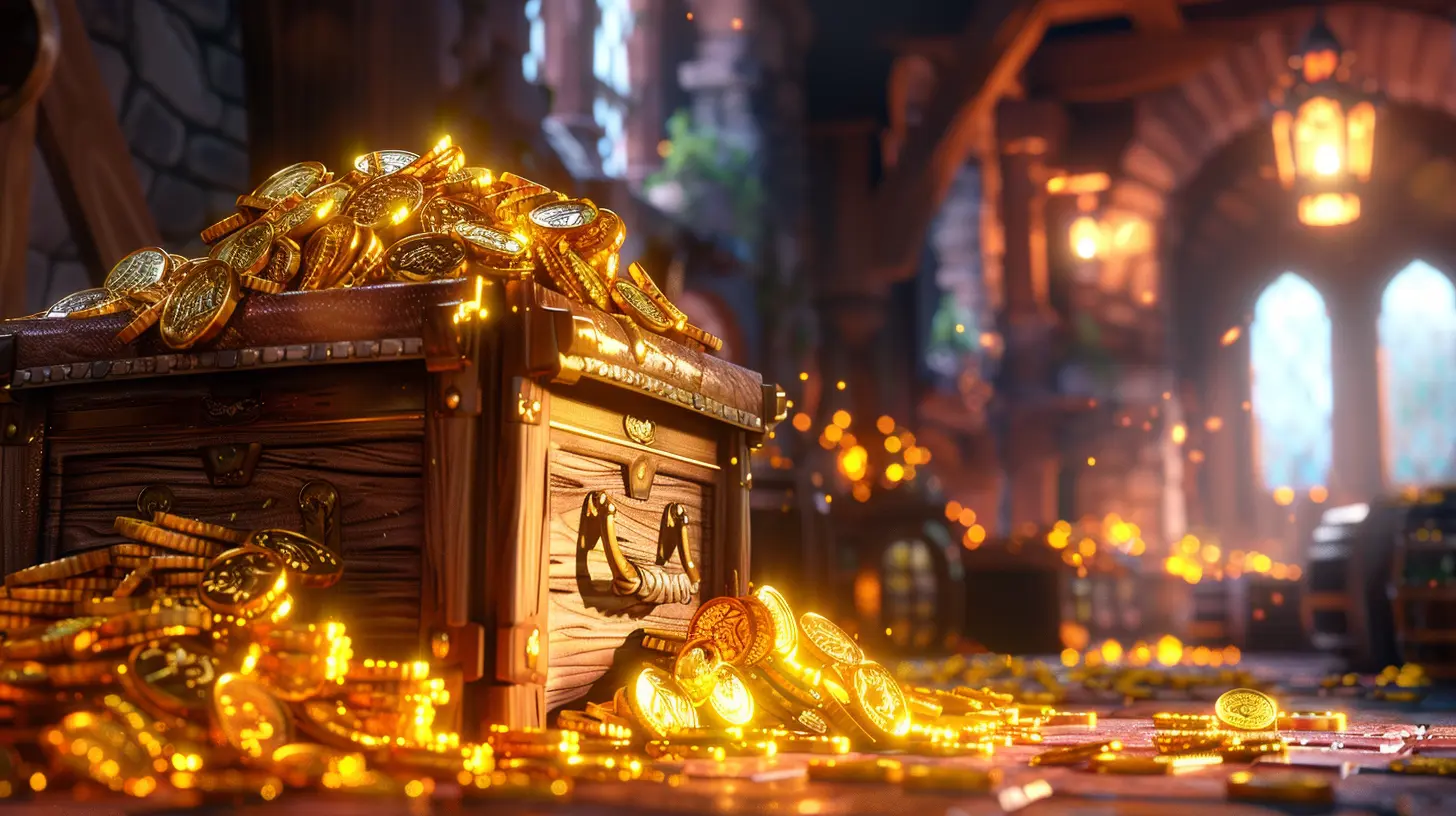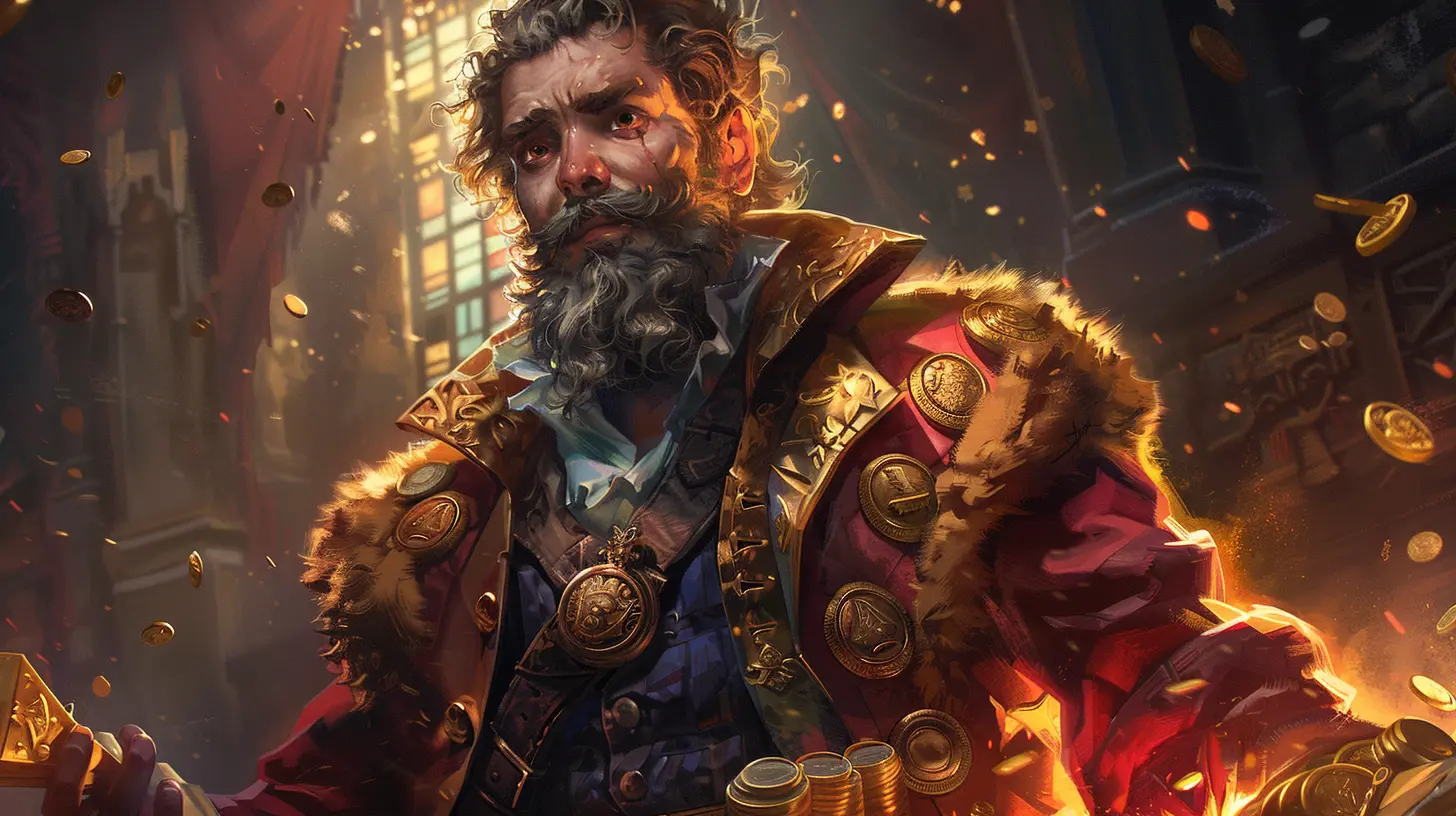How Microtransactions Impact Game Design Choices
6 November 2025
The gaming world has become a juggernaut of entertainment. From pixelated adventures in the ‘80s to sprawling open-world masterpieces today, the gaming industry has come a long way. But in recent years, one particular aspect has stirred up more debates, arguments, and heated discussions than anything else—microtransactions. Yep, I’m talking about those small (yet sometimes not-so-small) in-game purchases that have snuck their way into countless games. You’ve probably clicked on a shiny "Buy Now" button to snag an extra skin, character, or loot box at some point.
But have you ever stopped and wondered: how do microtransactions actually impact game design choices? Why do games seem to nudge us toward spending real-world cash for in-game perks? Let’s dive deep into how these tiny purchases shape the games we play in ways that are much bigger than they seem at first glance.
Microtransactions: The Basics
Let’s start with the basics. Microtransactions are small purchases players can make within a game, typically involving real money. Think of buying a cool sword skin in Fortnite, a shiny pack of cards in Hearthstone, or extra lives in a mobile puzzler like Candy Crush. They might be small in price—often ranging from $0.99 to $19.99—but don’t let the "micro" in the name fool you. They rake in massive revenue.In fact, microtransactions have become the lifeblood for many “free-to-play” games, allowing developers to offer the game itself for free while still making money. And while that sounds like a win-win on paper, their integration can have a profound effect on game design. Spoiler: it’s not always good.
The Golden Goose of Game Revenue
Before diving into the nitty-gritty of design, let’s talk about why microtransactions are so irresistible for game companies. Simply put, they make a ton of money. According to a report by SuperData, microtransactions earned the gaming industry billions of dollars in revenue each year. Let those numbers sink in—many games earn far more from in-game purchases than from the initial sale price.This has led to a major shift in how games are budgeted and designed. Instead of relying solely on selling a $60 game, many developers now aim to keep players engaged over time and encourage spending here and there. It’s like they’re running a marathon instead of a sprint. Sounds harmless, right? Well, not always.
How Microtransactions Shape Game Design
Here’s where things get interesting—or scary, depending on how you look at it. Microtransactions don’t just sit quietly in the background of a game. They actually influence how many games are made, how they’re played, and how developers think about you, the player. Let’s break it down.1. The Grind: Encouraging (or Forcing) Spending
Ever played a game where leveling up or earning that one special item felt like an endless grind? Yeah, that’s no accident. Some games are purposefully designed with just enough frustration to tempt you into opening your wallet. It’s a psychological balancing act—create a barrier that feels tedious but not so difficult that players rage-quit forever.Why spend 20 hours farming for gold in a game when you could simply fork over $5 for an instant boost? It’s a classic case of stacking the deck so you’re more likely to take the easy way out—and that easy way often involves paying.
Want a metaphor? Imagine you’re at an amusement park, but every ride has a line that’s two hours long. Then suddenly, an employee whispers in your ear, “For just $10, I can get you to the front of the line.” Tempting, right? That’s microtransactions in a nutshell.
2. The Evolution of Free-to-Play
The free-to-play model has completely changed the gaming landscape. Free-to-play games like Genshin Impact, League of Legends, and Call of Duty: Warzone rely heavily on microtransactions to keep the lights on. But here’s the catch: these games are designed to make you want to spend.Developers use what’s sometimes called the "freemium" model, where the game itself may be free, but premium content is dangled in front of players like a carrot on a stick. You might still be able to play for free, sure—but to fully enjoy the experience, spending often feels like the only option.
3. Cosmetics vs. Pay-to-Win
Not all microtransactions are created equal. Some are purely cosmetic, like character skins, weapon designs, or emotes. These don’t impact actual gameplay. But then there’s the darker side—pay-to-win mechanics.In pay-to-win games, microtransactions directly affect your gameplay experience. Want a better weapon? A faster car? A stronger character? Often, you can buy your way to victory. And if you’re playing competitively, this can create a frustrating imbalance between players who spend money and those who don’t. Imagine playing Monopoly, but one player gets to start with six hotels because they paid the bank an extra $20. Not exactly fair, huh?
4. The Loot Box Controversy
Ah, loot boxes—the love-it-or-hate-it poster child of microtransactions. Loot boxes are essentially randomized rewards. You pay for a box (or earn one through gameplay), open it, and hope you get something cool inside. It’s like a digital slot machine.This randomness, combined with the allure of rare items, makes loot boxes incredibly addictive. In fact, the psychological mechanics behind them have been compared to gambling. Many players end up spending way more than they intended chasing that elusive golden skin, which has led to legal scrutiny in some countries. Belgium, for example, outright banned loot boxes in 2018.
The Ethical Dilemma
Now, let’s get philosophical for a moment. Are microtransactions inherently bad? Not necessarily. When used responsibly—like for optional cosmetics or small convenience boosts—they can actually enhance a player’s experience without undermining the game itself.But here’s the tricky part: many games don’t draw the line between optional and exploitative. Some prey on what’s called “whale” players (a small fraction of big spenders) who shell out obscene amounts of money—sometimes thousands of dollars—in in-game purchases. Other games manipulate the Fear of Missing Out (FOMO) by offering limited-time deals that pressure players to spend quickly.
The use of these tactics raises ethical questions. Should games be designed to maximize profit, even if it means exploiting players? Or should there be a greater focus on maintaining a fair and enjoyable experience for everyone?
Can Developers Balance Fun and Profit?
The million-dollar (or maybe billion-dollar) question is whether game developers can strike a balance. Is it possible to make a game that’s both fun and profitable without feeling predatory? The good news is that some developers have managed to pull it off. Studios like CD Projekt Red (The Witcher 3, Cyberpunk 2077) have taken a more traditional approach, sticking to single-purchase games with optional DLCs instead of heavy microtransactions.At the same time, even “good” microtransactions can feel like a slippery slope. What starts as harmless cosmetic purchases today could evolve into pay-to-win schemes tomorrow, and it all depends on how the gaming community reacts.
The Future of Microtransactions in Gaming
Love them or hate them, microtransactions aren’t going anywhere. They’ve become a cornerstone of the industry, and as long as they make money, companies will keep using them. However, the backlash from players and governments alike may force developers to rethink just how far they push these mechanics.At the end of the day, the power lies in the hands of the players. If we make it clear we won’t tolerate shady practices—and support games that respect our wallets—developers will have to adapt. Until then, be smart, spend wisely, and remember that no digital sword is worth your rent money.
all images in this post were generated using AI tools
Category:
MicrotransactionsAuthor:

Avril McDowney
Discussion
rate this article
1 comments
Melissa Daniels
Microtransactions significantly reshape game design by prioritizing monetization over player experience. While they can fund ongoing development, they often lead to imbalanced gameplay and exploitative practices. Striking a balance is crucial to maintain player engagement and satisfaction without sacrificing design integrity.
November 6, 2025 at 4:12 PM

Avril McDowney
Thank you for your insights! Balancing monetization and player experience is indeed vital for a healthy gaming ecosystem. Your points highlight the challenges developers face in maintaining integrity while funding ongoing projects.


